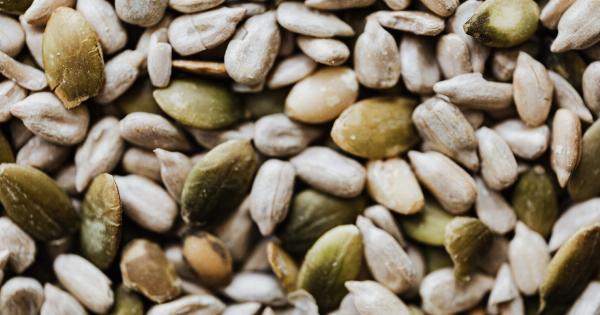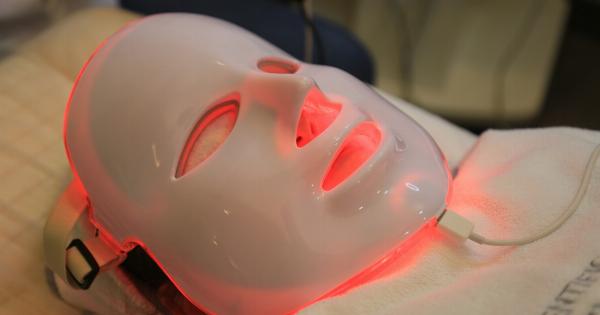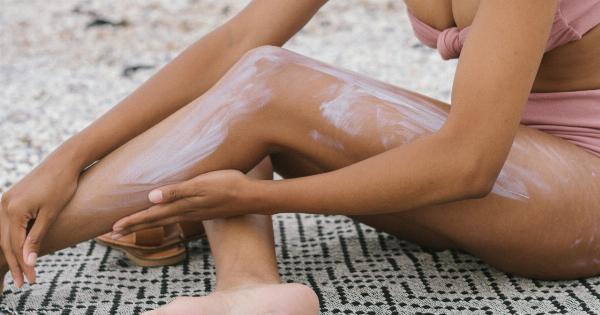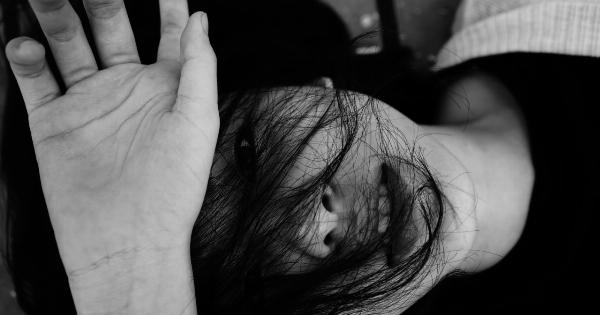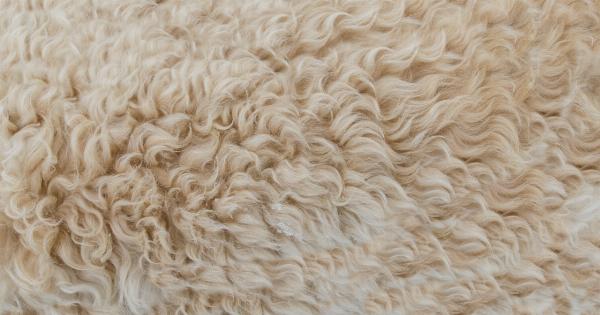There’s a longstanding belief that indulging in chocolates can lead to breakouts and acne. But is there any truth to this claim? Let’s dive deeper into the science behind chocolate and skincare to find the answer.
Understanding Acne
Before we delve into the connection between chocolate and acne, let’s discuss what acne is and what causes it. Acne is a skin condition that affects millions of people and occurs when hair follicles become clogged with oil and dead skin cells.
Bacteria can also add to the inflammation that causes acne.
Some of the most common causes of acne are genetics, hormonal fluctuations during puberty and pregnancy, stress, and lifestyle factors such as diet and skincare habits.
It’s not always possible to pinpoint what causes acne in each individual, and it’s often a multifactorial condition.
The Chocolate-Acne Connection
To understand the link between chocolate and acne, it’s essential to understand how chocolate affects the body. Chocolate contains several components, including caffeine, sugar, and cocoa powder, which can affect the skin in different ways.
One study found that consuming chocolate can lead to an increase in sebum production, the natural oil that the skin produces. Excess oil production can clog the skin pores, leading to blackheads and pimples.
Another study found that chocolate consumption could lead to inflammation and oxidative stress, both of which can cause skin damage and lead to acne.
However, these results are not conclusive, and research into the effect of chocolate on the skin is still ongoing.
It’s worth noting that not all chocolate is created equal; dark chocolate, which has a higher percentage of cocoa solids, may have more significant benefits with fewer downsides than milk chocolate or white chocolate, which contains more sugar and dairy.
Other Factors That Contribute to Acne
While chocolate may have a role to play in acne formation, it’s not the only factor that contributes to the condition. Other lifestyle factors can influence the skin’s health and lead to acne breakouts.
Poor diet, high in sugar, processed foods, and trans fats, can cause high inflammation levels throughout the body, leading to flare-ups of acne.
Stress is another significant contributor to acne, as it triggers hormonal fluctuations that can cause oil production in the skin to increase.
It’s also essential to mention that every person’s skin reacts differently to different products and foods. What may trigger acne in one person may not have the same effect on another.
It’s crucial to pay attention to how your skin reacts to different foods and skincare products and make changes accordingly.
Conclusion
While the link between chocolate and acne is still under study, it’s safe to say that chocolate alone is not the sole cause of acne breakouts.
However, eating chocolate, particularly milk and white chocolate, should not be done in excess or at the expense of a healthy, balanced diet.
There are several other lifestyle factors that contribute to the formation of acne, including genetics, hormonal changes, stress, and diet.
Avoiding trigger foods and adopting a healthy diet and skincare routine is essential in preventing acne breakouts and maintaining healthy skin.


